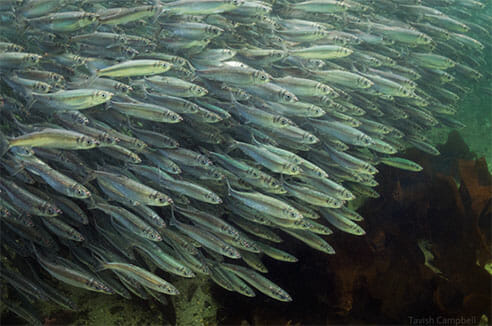Estimated Reading time

2 Mins
Heiltsuk First Nation Secures Suspension of 2018 Commercial Roe Herring Fishery

The Heiltsuk Nation is pleased with Fisheries and Oceans Canada’s (DFO’s) announcement on Friday that it is suspending the 2018 commercial roe herring fishery on the Central Coast.
“Heiltsuk’s relationship with herring dates back hundreds of generations,” said Heiltsuk hereditary chief Harvey Humchitt. “We are still feeling the impacts of the reduction and sac roe fisheries from the past century. This decision is an important step as we continue to work towards the recovery of herring populations in our territory and uphold our responsibility to care for the resource.”
“We have been working hard to secure this closure to allow our herring stocks to rebuild. With this decision, DFO has taken an encouraging concrete step to show that it is serious about reconciliation,” said Marilyn Slett, Heiltsuk Chief Councillor. “We applaud DFO’s recognition of Heiltsuk traditional knowledge and their desire to support co-management of fisheries with us. We hope this is indicative of times to come.”
We’ve been concerned with the decline in several of the traditional spawning areas that have been depleted to no spawn at all.
“Taking this action to protect herring today will yield benefits for all of us in the future when their biomass recovers. Not just for Heiltsuk and other First Nations, but also for fishers on the coast and wildlife alike,” said Heiltsuk hereditary chief and Gladstone Reconciliation Society board member Frank Brown.
Heiltsuk and DFO had been working together since August with a goal of developing a Joint Fisheries Management Plan. Heiltsuk asserted the need to refrain from a sac roe fishery this year in order to enable continued herring recovery. Herring biomass on the central coast remains far below historical levels.
“We’ve been concerned with the decline in several of the traditional spawning areas that have been depleted to no spawn at all,” said Kelly Brown, director of the Heiltsuk Integrated Resource Management Department. “In the old days, they used to spawn right in front of our village, but now it’s really spotty and it’s not enough to depend on for (food).”
This post originally appeared on the Heiltsuk Nation webpage.
